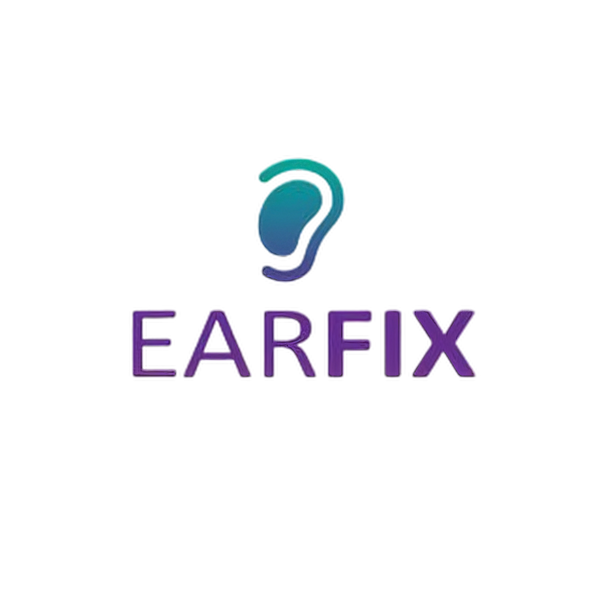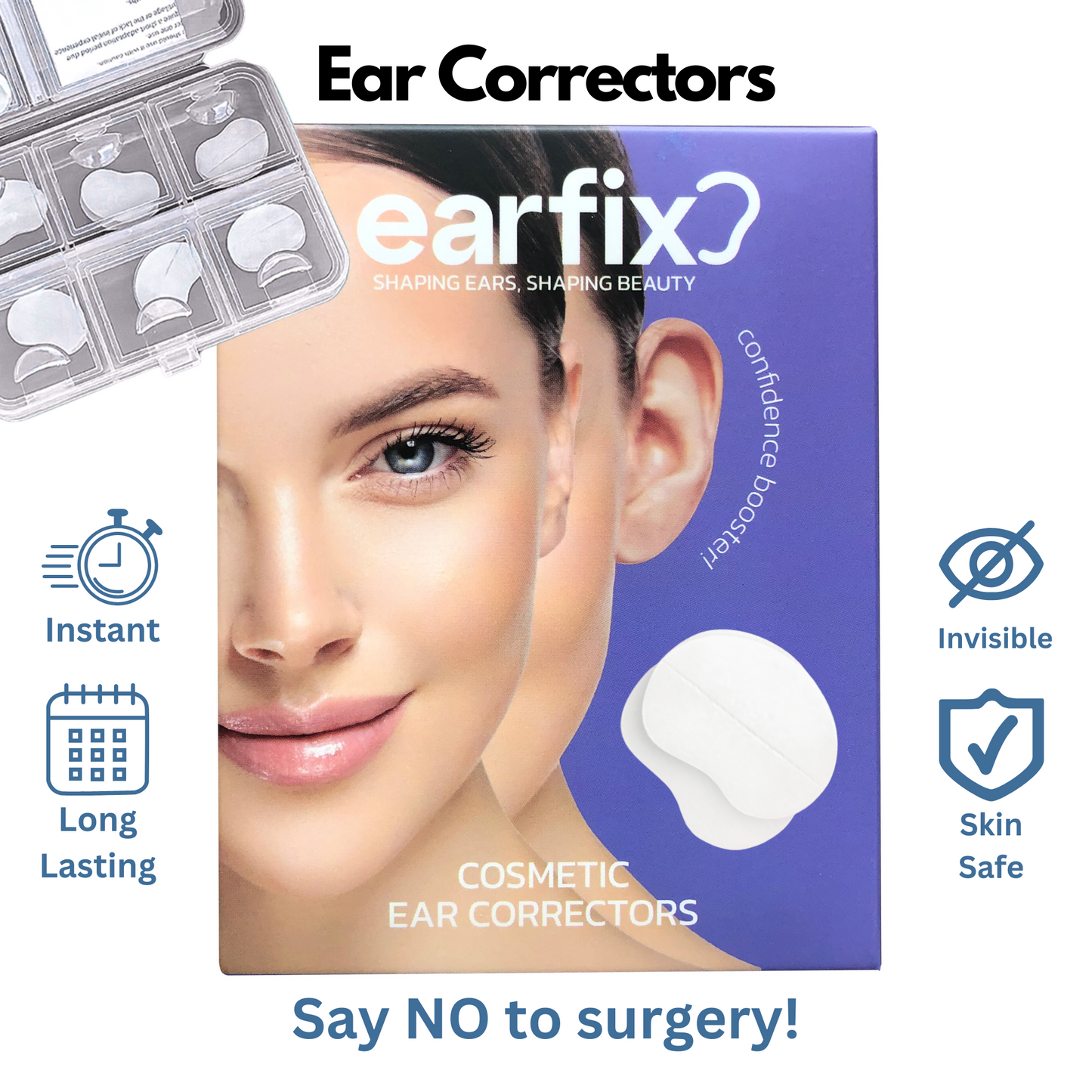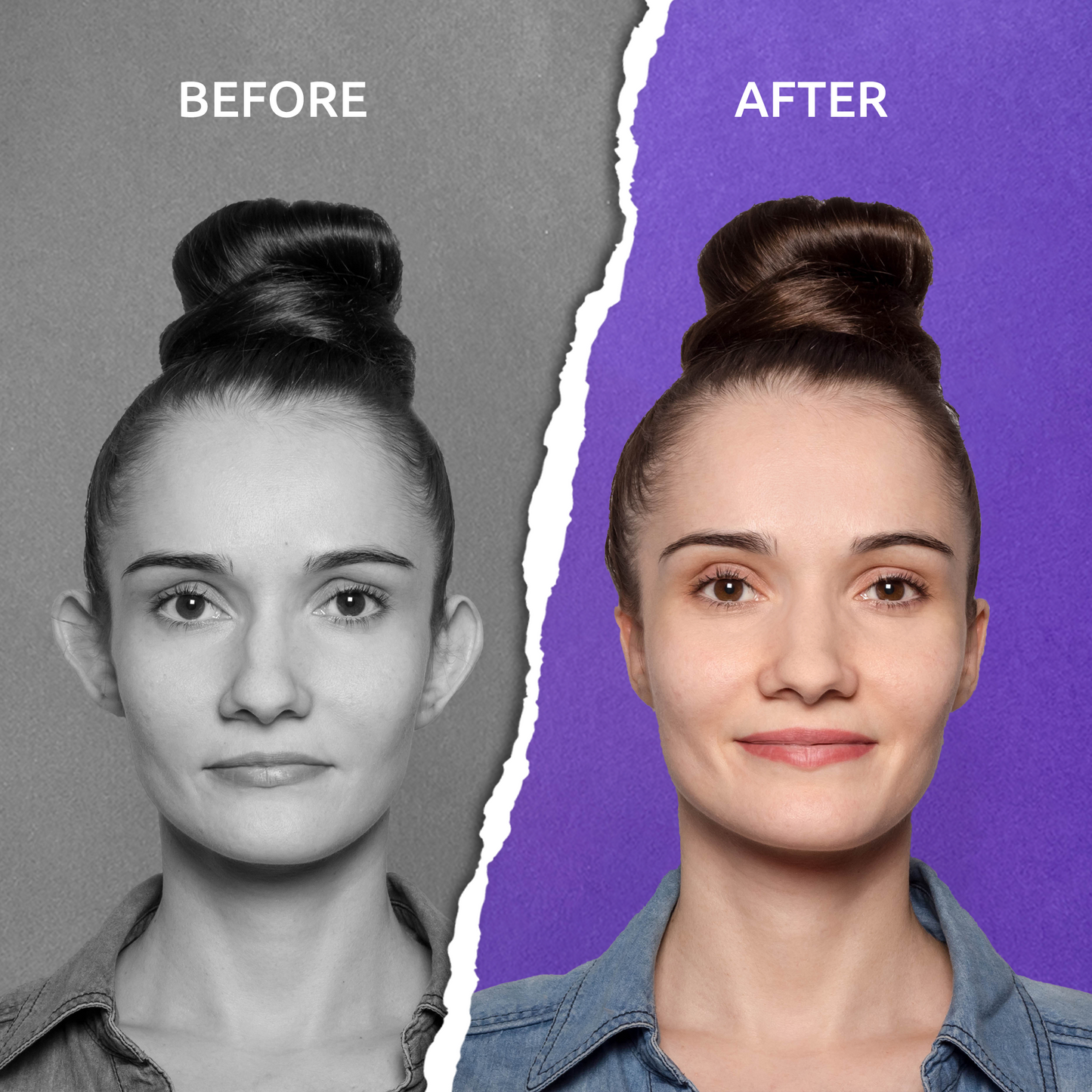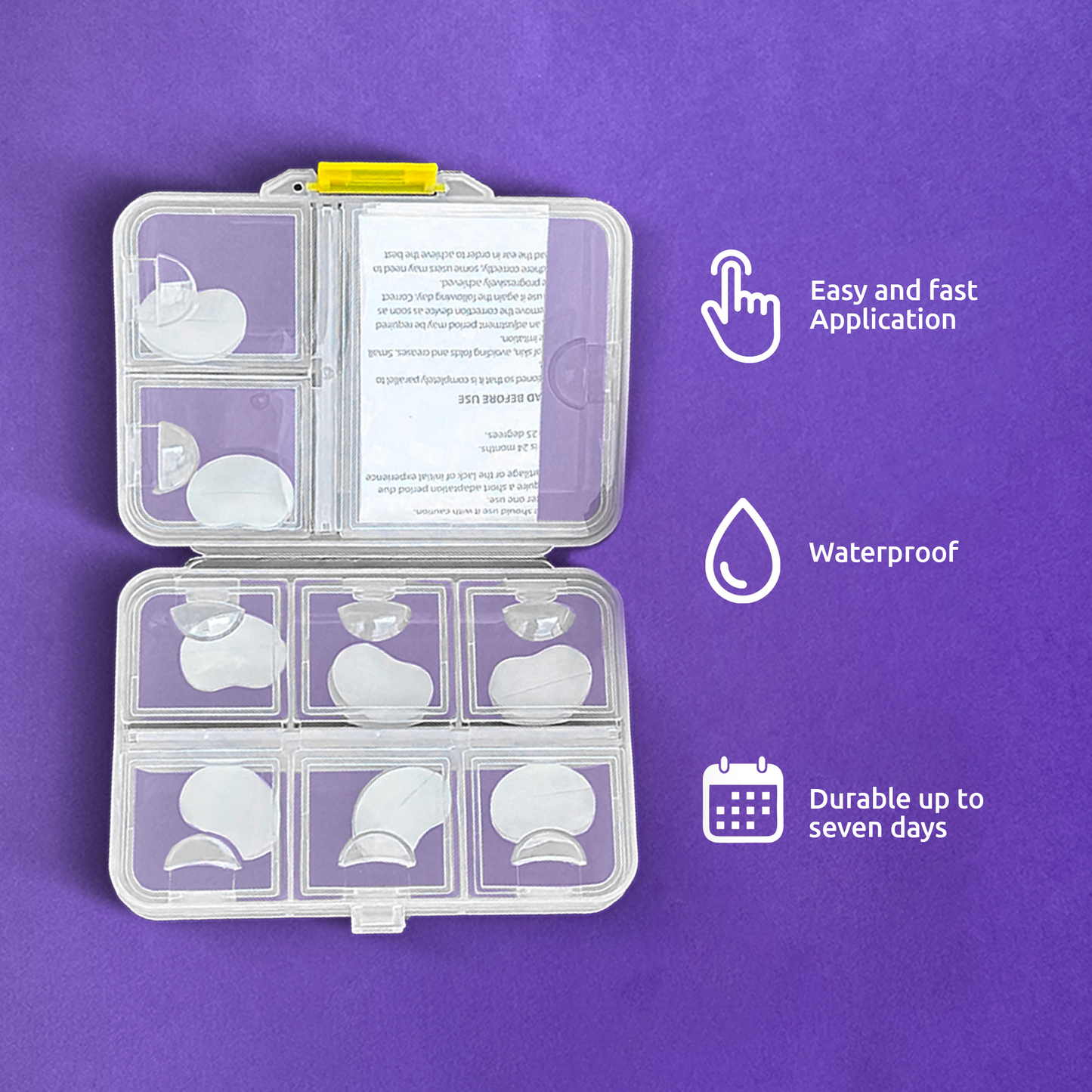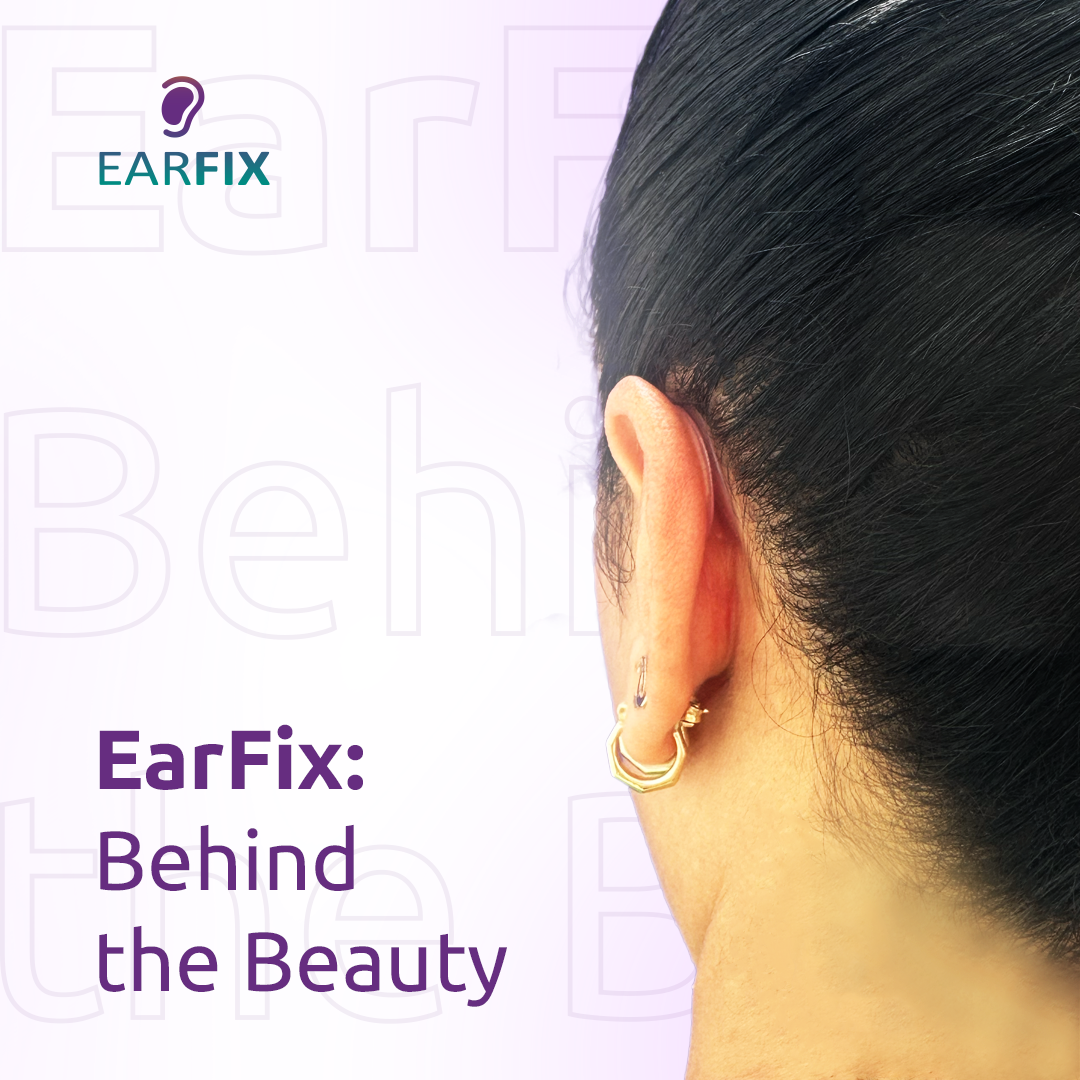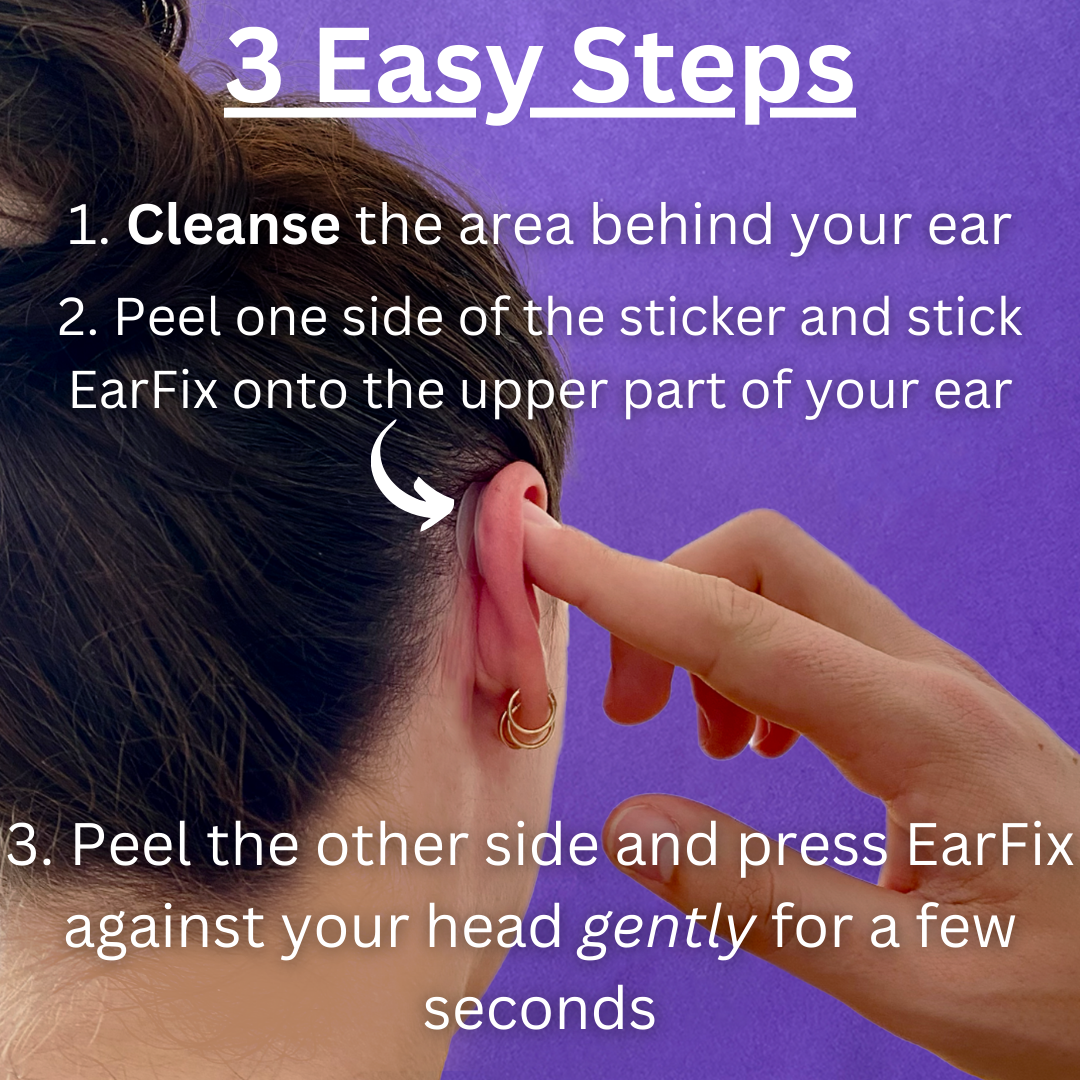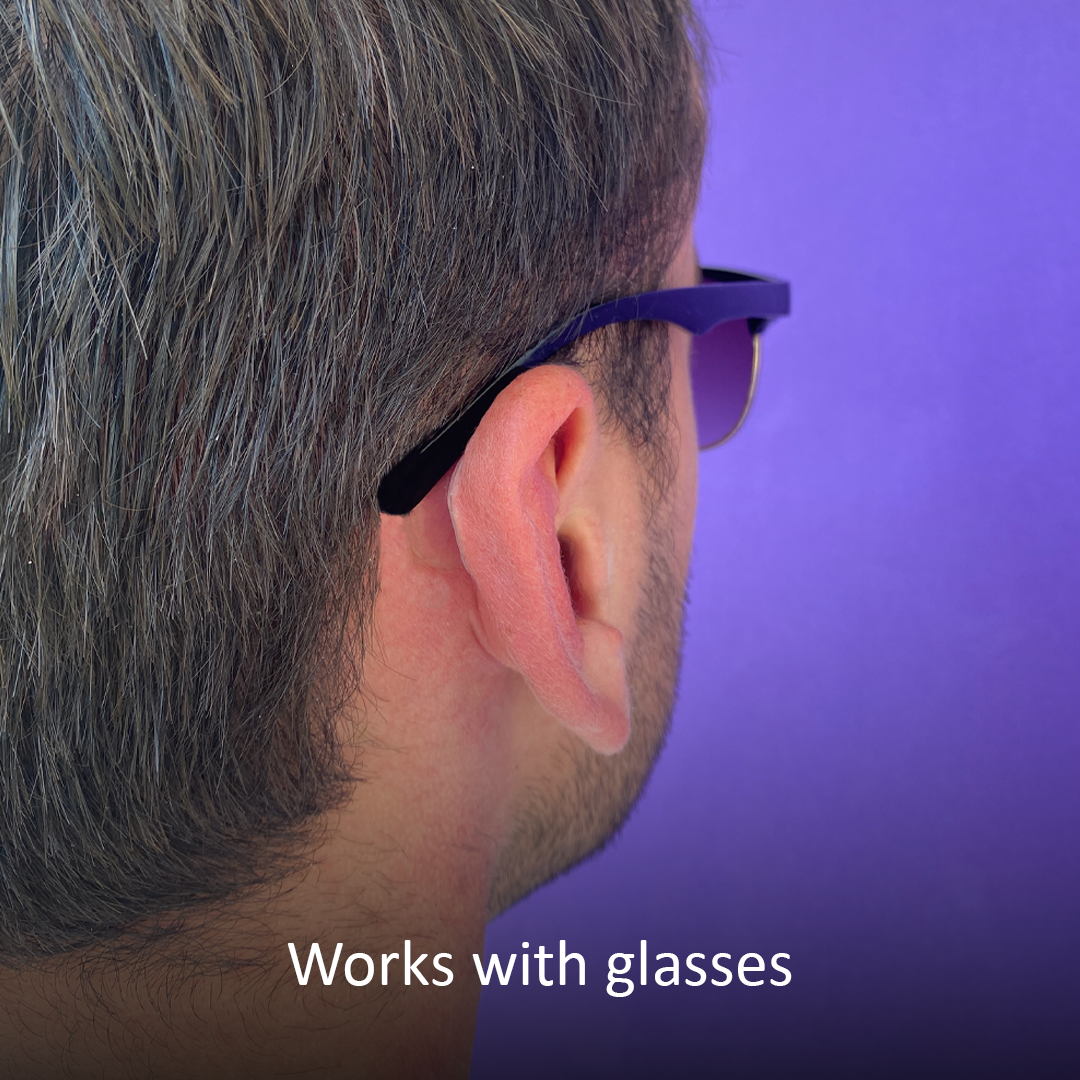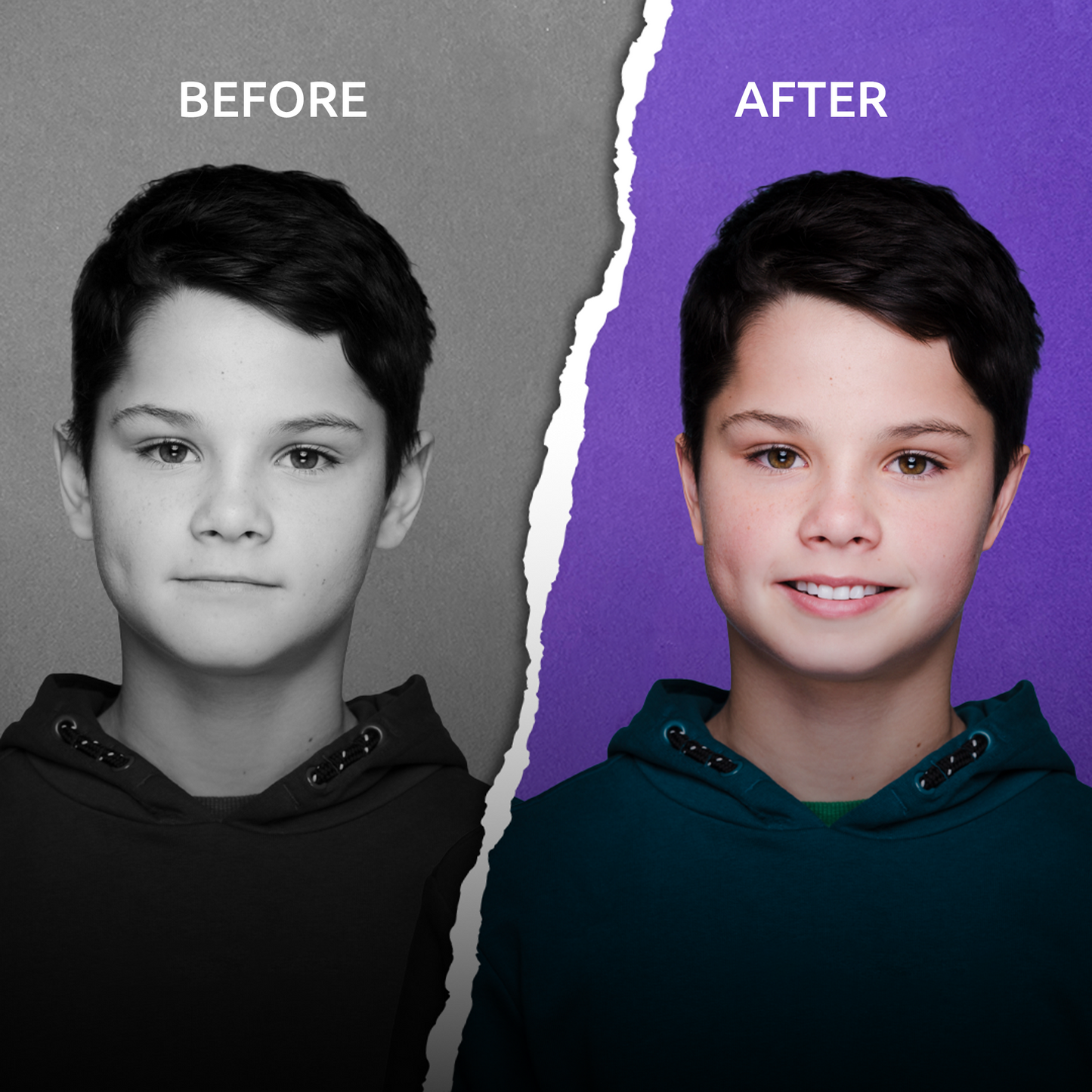Table of Contents
- Otoplasty?
- Understanding Otoplasty Procedure
- Exploring the Costs of Otoplasty
- Risks Associated with Otoplasty
- Benefits of Pinned Ears
- Alternatives to Otoplasty
- Conclusion
Otoplasty?
Otoplasty, also known as cosmetic ear surgery, is a procedure that changes the size, position, or shape of the ears, commonly used to correct protruding ears. It can make a big difference for people who are unhappy with how their ears look. If you're considering this surgery, it's important to understand what it involves, how much it might cost, what risks and benefits are involved, and how else you can get the same results with less work and cost. Whether you want to feel better about yourself or fix discomfort caused by ears that stick out too much, learning about otoplasty can help you prepare.
In this guide, we'll explain otoplasty surgery in simple terms, including what happens during the procedure, how much it might cost, and what good things can come from it. We'll also talk about another option called EarFix stickers, so you can see all your choices for fixing your ears. Come with us as we explore everything you need to know about otoplasty surgery and how to fix your ears.
Understanding Otoplasty Procedure
Otoplasty surgery, also called ear pinning or ear correction surgery, is done to make the ears look better. Here's what happens during the procedure:
Consultation: First, you meet with a surgeon to talk about what you want and what's possible. This helps make sure everyone's on the same page.
Anesthesia: Before surgery, you'll get medicine to make sure you don't feel any pain during the procedure.
Incisions: The surgeon makes cuts either behind your ear or in its natural folds, depending on what needs to be done.
Reshaping: Through these cuts, the surgeon gets to the cartilage and changes the shape of your ear to make it look better.
Closing: After reshaping, the cuts are closed up with stitches to keep everything in place. The surgeon tries to do this in a way that minimizes scars.
Bandaging: Finally, your ears might be wrapped up to protect them while they heal for up to a month.
The whole surgery usually takes a few hours, but it could be longer if the situation is complicated. Afterward, you'll need some time to recover. You might feel some pain, swelling, and bruising, but with proper care and follow-up appointments with your surgeon, the results can be good and last a long time.
Exploring the Costs of Otoplasty
The cost of otoplasty surgery can change depending on a few things but on average, otoplasty costs in the US can range from $5,000 to $10,000 and sometimes even more.
Location: Where you have the surgery can make a big difference. Costs vary because of different living expenses and medical fees in different places.
Surgeon's Experience: Surgeons with more experience and skill might charge more for their services.
Technique Used: If your case is complicated or needs a lot of work, it might cost more. Also, if you need extra things done like fixing asymmetry or reducing earlobe size, that adds to the cost.
Before you decide, make sure you get a detailed price quote from your surgeon. This should cover everything, including anesthesia, facility fees, and follow-up care. While otoplasty can be expensive, many people feel the benefits, like feeling better about themselves, are worth it. Later on we also talk about an easier, and cheaper alternative to otoplasty surgery so stay tuned.
Risks of Otoplasty
Now, let's go into the risks associated with otoplasty surgery. While it can be a life-changing procedure for many, it's essential to be aware of the potential downsides.
Infection: Any surgical procedure carries a risk of infection. Even with sterile conditions, bacteria can sometimes find their way into the surgical site, leading to complications.
Bleeding: Like with any surgery, there's a chance of bleeding during or after the procedure. While this is usually minor and can be managed by the surgical team, in rare cases, it may require additional treatment.
Anesthesia Reactions: Anesthesia is used to keep you comfortable and pain-free during otoplasty surgery. While adverse reactions are rare, they can occur and may include nausea, vomiting, or allergic reactions.
Unsatisfactory Results: While skilled surgeons strive for perfection, there's always a possibility that the outcome of otoplasty may not meet your expectations. Factors such as healing patterns and individual anatomy can influence the final result.
Numbness or Tingling: After otoplasty, some individuals may experience temporary numbness or tingling around the surgical area. This is usually temporary but can persist in rare cases.
Long Recovery Time: Post operation you'll have to wear an otoplasty wrap shown above for at least a week, if not more to make sure that your ears are fully healed.
Benefits of Pinned Ears
Now, let's highlight the benefits of addressing prominent ears. Many individuals discover that the positive outcomes outweigh the risks. Here are the key benefits:
- Improved Appearance: Reshaping the ears can enhance overall appearance, fostering confidence and satisfaction.
- Boost in Self-Confidence: Correcting ears can alleviate self-consciousness, promoting comfort in social and professional settings.
- Psychological Well-Being: Enhanced appearance can lead to improved mental well-being, reducing anxiety or depression related to ear insecurities.
- Enhanced Social Interaction: Increased confidence often facilitates more active engagement in social activities and deeper connections with others.
- Long-Term Satisfaction: Otoplasty and alternatives yield high satisfaction levels with lasting results.
While otoplasty may not suit everyone, it can be a transformative procedure for those bothered by their ears. Consider exploring the alternative discussed here for a cheaper and less invasive option.
Alternatives to Otoplasty
While otoplasty surgery can be highly effective, it's essential to explore all your options before making a decision. For those who prefer non-surgical alternatives or want to explore less invasive options first, there are alternatives available. One such alternative is EarFix ear correction stickers.
EarFix offers a non-invasive solution for addressing prominent ears without the need for surgery. These ear corrector stickers are designed to gently hold the ears back in a more desired position, creating a natural-looking correction without the risks and recovery time associated with surgery.
Compared to otoplasty surgery, EarFix ear corrector stickers offer several advantages:
Non-Invasive: EarFix provides a non-invasive alternative to surgery, making it an attractive option for individuals who prefer to avoid surgical procedures or who are not suitable candidates for surgery.
Convenience: Applying EarFix ear corrector stickers is quick and easy, requiring no anesthesia or downtime. They can be worn discreetly under hair or clothing, allowing individuals to go about their daily activities with confidence.
Affordability: EarFix ear corrector stickers are a cost-effective solution compared to otoplasty surgery, making them accessible to a wider range of individuals.
Reversibility: Unlike surgery, which produces permanent changes to the ears, EarFix ear corrector stickers offer a reversible solution. If desired, individuals can remove the stickers at any time, returning their ears to their original position.
While EarFix ear corrector stickers offer a safe, convenient, and affordable alternative for individuals seeking to address prominent ears without undergoing surgery.
All in all
Whether you opt for otoplasty surgery or explore non-surgical alternatives like EarFix, the goal is the same: to feel confident and comfortable with your appearance. By understanding the procedure, costs, risks, and benefits associated with otoplasty, you can make an informed decision that aligns with your goals and preferences. Remember to consult with a qualified healthcare professional to explore your options and determine the best course of action for you. Your journey to feeling more confident starts with taking the first step towards finding the right solution for your needs.
